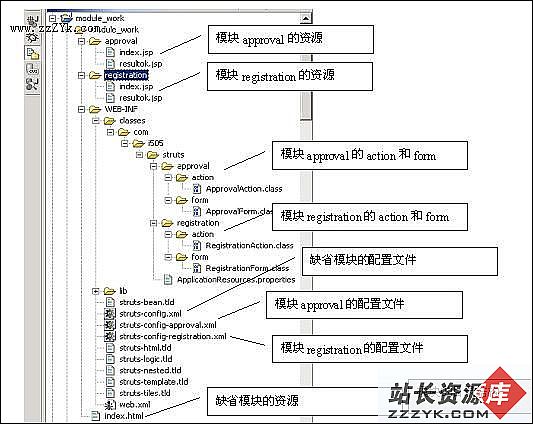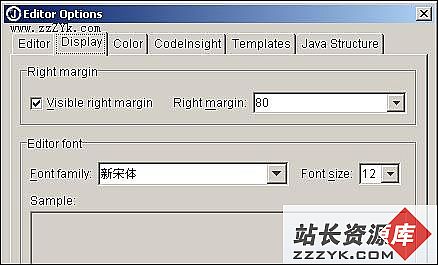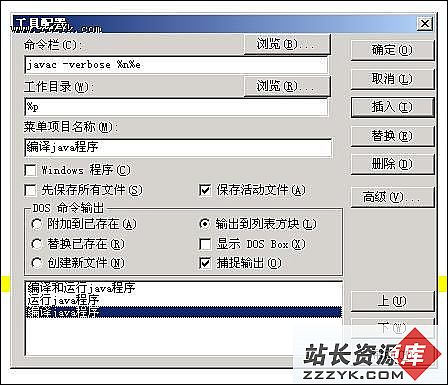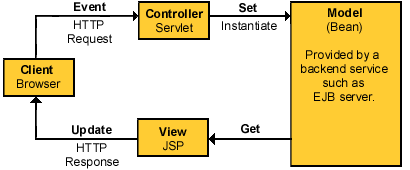当前位置:编程学习 > JSP >>
答案:转:Ajax for weblogs
The Asynchronous javascript + XML (AJaX) solution is one that can bring happiness and bliss to web designers and web developers alike. However, as with many whiz-bang solutions caution is advised. Google uses it to great effect but personally I think they take it a bit too far. If a page change so much that its context changes then it have switched to a new URI. People often bookmark specific content that’s within a specific context. As soon as this is no longer true it maybe a clue that you’ve gone to far.
The first thing I notice that the solutions is aimed at the heavier web applications. Not surprising. Web applications suffer from constraints that web clients impose on them. This solution gives them a way to check for dynamic content without reloading the current page.
So what does it do?
Well it’s very simple. It uses javascript to get data from a remote source and then loads that into a specified target. Whatever content you like to wherever you like on the page. Jesse James Garrett of Adaptive Path has written an essay that covers the basics and provides more information on AJaX.
But lets get this sucker running, that’s the fun bit. And it’s pretty easy.
Step 1
Check if your web client can actually handle the http requests. We’ll need to use a Javascipt to do this.
var ajax=false;/*@cc_on @*//*@if (@_jscript_version >= 5) try { ajax = new ActiveXObject("Msxml2.XMLHTTP"); } catch (e) { try { ajax = new ActiveXObject("Microsoft.XMLHTTP"); } catch (E) { ajax = false; } }@end @*/if (!ajax && typeof XMLHttpRequest!=’undefined’) { ajax = new XMLHttpRequest();}
Step 2
Add the script that will pick up your data. In this case I’m not picking up XML data. But the weblog of your choice and in my case it’s ExpressionEngine will return the xHTML Which in turn will be inserted via the javascript innerHTML methode.
function getMyHTML(serverPage, objID) { if((serverPage.indexOf("http://www.yourdomain.com/")!=0)) return; var obj = document.getElementById(objID); ajax.open("GET", serverPage); ajax.onreadystatechange = function() { if (ajax.readyState == 4 && ajax.status == 200) { obj.innerHTML = ajax.responseText; } } ajax.send(null);}
Step 3
The page that will display the dynamic content will need a placeholder element (tag) with a unique ID. The ID attribute will be used in the second script as a reference point to allow for insertion of the new dynamic content.
<html> <head> <title>AJaX test</title> </head> <body onload="getMyHTML(’serverpage.php’,’placeholder’)"> <div id="placeholder"> <p>The ‘getMyHTML’ script will overwrite this paragraph.</p> </div> </body></html>
This URI in the ‘onload’ is the one which will generate the content.
Step 4
The dynamic bit is parsed by the engine of your choice like; Moveable Type, Expression Engine, Word Press etc. Of course you can use any other method of collecting content form a database.
In Expression Engine I’m calling a template that collects the data for my calendar. The whole calendar is outputted as HTML and inserted via the script.
Lets say the URI is ‘http://www.yourdomain.com/tempate/pageid/’ This could in fact be a PHP file or any other serverside script solution. The page only needs to return html. Here is an example in PHP.
<?php echo '<p>this is a php echo text</p>'; ?>
And that’s about it. It’s all pretty old school but there you have it.
上一个:IntelliJ IDEA培训
下一个:java编辑多语言的福音--推荐一个经典的多语言文件编辑的插件ResourceBundle Editor
- 更多JSP疑问解答:
- jsp新手求指导,不要笑!
- 如何让一个form提取的值传递给多个jsp?
- DW中,新建的html页面能否有jsp或php代码?
- jsp 如何限制表单,实现只能填写特定的数据。
- jsp 和javabean结合的程序有问题
- 从数据库里取出的数据如何传递到另外的jsp页面中
- 你好,ext嵌入那个jsp页面,是不是还需要加上一些插件啊,不太懂,麻烦你了。
- JSP不能处理所有问题吗?还要来一大堆的TLD,TAG,XML。为JSP 非要 Servlet 不可吗?
- 光标离开时全角转半角在jsp中怎么实现
- jsp 页面 打开 pdf 文件 控制大小 和 工具栏 能发份源码么 谢啦
- jsp页面点保存按钮,运行缓慢,弹出对话框提示
- jsp刷新页面如何不闪屏
- jsp 与html 的交互问题?
- jsp小数显示问题 例如 我在oracle 数据库中查询出来的是 0.01 但是在jsp页面上就显示成 .01 没有前面的0
- jsp中日历控件





